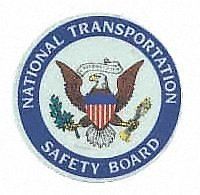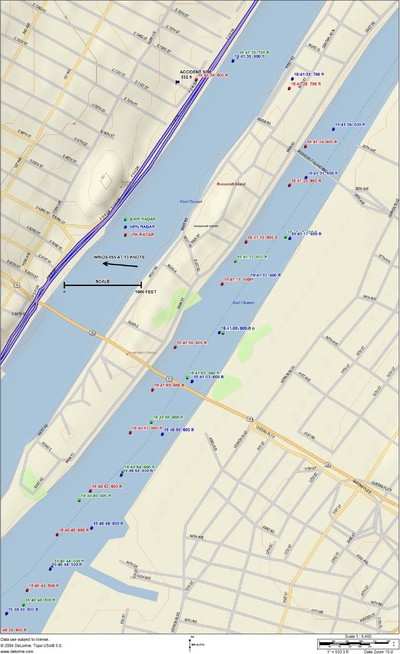Pilots Would Have To Be In Contact With ATC; TFR Still In
Effect
 On
Friday, the National Transportation Safety Administration repeated
its call for a permanent ban on VFR flights operating below the
Class B airspace shelf over New York's East River, unless the
aircraft is in communication with air traffic controllers.
On
Friday, the National Transportation Safety Administration repeated
its call for a permanent ban on VFR flights operating below the
Class B airspace shelf over New York's East River, unless the
aircraft is in communication with air traffic controllers.
In its Safety Recommendation A-07-38, the Board cites its recent
ruling on the October 11, 2006 crash of a Cirrus SR20 into a
Manhattan building. As ANN reported, the Board
ruled the pilots onboard the aircraft -- NY Yankees pitcher Cory
Lidle, and flight instructor Tyler Stanger -- failed to properly
execute a 180-degree turn to reverse its course.
"This accident occurred in a complex section of airspace
surrounding Manhattan Island, near three major air carrier airports
and a variety of other general aviation facilities accommodating
both fixed-wing and rotary-wing aircraft," the Board writes.
"Because of the high density of air traffic in this area, the
Federal Aviation Administration (FAA) has designated most of the
airspace "class B," the second most restrictive designation for
airspace in the United States. VFR operations are authorized below
the class B airspace surrounding Manhattan Island in designated
zones called the Hudson River and East River exclusion areas. The
accident occurred as the pilots attempted a 180º turn maneuver
in the East River exclusion area.
"According to the FAA, the purpose of the Hudson and East River
exclusion areas (which were first defined in 1971) was to provide
for VFR aircraft operations over the rivers for transiting,
landing, or departing aircraft. Before the exclusion areas were
defined, the floor of the class B airspace was typically at the
surface of the rivers in the current areas of exclusion, and any
aircraft operations over the rivers in these areas had to be
coordinated with ATC. Seaplane and helicopter bases are currently
located in or near these exclusion areas. At the time of the
accident, fixed-wing, nonamphibious aircraft (such as the accident
airplane) were not prohibited from operating in the exclusion area
where the accident occurred, effectively requiring either a
180° turn to reverse course to avoid entering class B airspace
or an ATC clearance to enter the class B airspace."
The NTSB notes the FAA published NOTAM 6/3495, restricting
fixed-wing operations in the airspace above the East River, two
days after the Lidle crash -- and that the NOTAM remains in effect.
The NOTAM is intended to prevent airplane pilots from encountering
a situation in which they must perform a 180º turn or other
abrupt maneuver to avoid penetrating controlled airspace, and
requires most VFR flight operations involving fixed wing aircraft
to be in contact with ATC.

"The NOTAM is in effect until further notice;" the NTSB notes,
"however, the charts for the area would not be changed until
rulemaking action is completed."
The NTSB recommends the FAA make the current "temporary"
restriction permanent, "and prohibit visual flight rules flight
operations involving fixed-wing, nonamphibious aircraft in the New
York East River class B exclusion area, unless those operations are
authorized and being controlled by air traffic control."
 NTSB Final Report: Cessna 177B
NTSB Final Report: Cessna 177B ANN's Daily Aero-Term (05.08.25): Final Approach Fix
ANN's Daily Aero-Term (05.08.25): Final Approach Fix Aero-News: Quote of the Day (05.08.25)
Aero-News: Quote of the Day (05.08.25) ANN's Daily Aero-Term (05.09.25): Estimated (EST)
ANN's Daily Aero-Term (05.09.25): Estimated (EST) ANN's Daily Aero-Linx (05.09.25)
ANN's Daily Aero-Linx (05.09.25)




